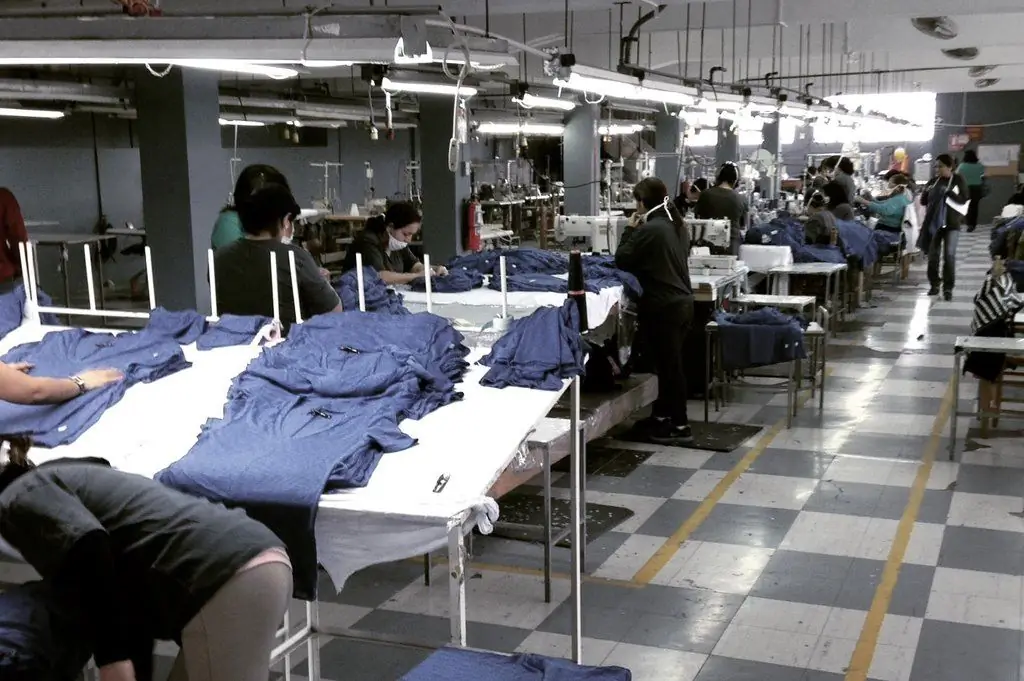2025 Author: Howard Calhoun | [email protected]. Last modified: 2025-01-24 13:10:41
Rationing of labor in production allows you to objectively establish the ratio between the volume of labor and its payment. The volume of labor can be expressed in terms of the volume of work performed, the number of equipment serviced, the number of employees, and the time it took to complete the work. The main methods of labor rationing used in practice are analytical and experimental-statistical. With the analytical method: the normalized process is divided into elements; then all the factors influencing the duration of the implementation of each element (organizational, psychophysiological, technical, social, economic) are singled out; the optimal composition of the process and the sequence of its constituent elements are modeled, taking into account the best combination of factors influencing their duration.

Experimental-statistical methods of labor rationing (total methods) imply the determination of norms for the entire amount of work without analyzing its constituent elements. The experimental method is used in the case of determining the norms based on the personal experience of the rationing specialist, the statistical method is used on the basis of actual costs for similar work.previously. These methods of labor rationing are not scientific, since the development of norms does not analyze the actual working conditions.

One or another method should be chosen depending on what the normalization results will be used for. After all, labor standards are a tool used to achieve a goal, so the cost of it must correspond to the final result. For example, if you need to give a one-time production task, then it is enough to apply the norm of time or output for similar work. Conversely, for the development of norms that will be used for a long period of time, and (or) for mass production, it is better to apply analytical methods of labor rationing.
They come in two varieties: analytical research and analytical calculation. In the first case, the time spent on all elements and the process as a whole are found using direct measurements at their workplaces (timekeeping, photography of working time). In the second case, the time costs are found using scientifically based standards (local, sectoral, intersectoral). Companies often use a combination of analytical methods. The less time-consuming of them is the settlement and analytical one.

Norms are not something permanent, they are subject to revision in case of carrying out organizational and technical measures, mastering new types of work by employees (non-standard work becomes standard). Among organizational and technicalactivities should be highlighted:
- modernization and introduction of new equipment;
- improvement of products, tools, equipment;
- introduction of progressive technologies;
- automation and mechanization of processes;
- rationalization;
- improvement of labor organization.
The introduction of new norms should be carried out in compliance with the requirements of the Labor Code of the Russian Federation and systematically.
Recommended:
What is rationing: concept, definition, types, methods and formulas for calculations

What is rationing? This is a controlled distribution of limited resources, goods or services, or an artificial reduction in demand. Rationing revises the size of the ration, which is the allowed part of the resources allocated per day or some other period of time. There are many forms of this control, and in Western civilization people experience some of them in daily life without realizing it
Organization of labor is The system of labor organization

In modern conditions, the need for high labor organization is growing as the competitive environment and production efficiency grow. Organized labor has always provided and provides the highest results. The system of labor organization at a high level becomes a guarantee of effective activity in any field
The vertical division of labor is Forms of labor organization in the enterprise

The vertical division of labor is used to separate the work of coordinating all actions and the direct execution of these actions. Such a division into several levels in most cases is typical for fairly large companies. The larger the company with a large number of branches and divisions, the more levels there are in the division of labor
Intensity of labor is a socio-economic category that characterizes the degree of tension of the labor force in the labor process. Characteristics, calculations

Intensity of labor is a category that simultaneously refers to socio-economic, physiological, and a number of others. This concept is measurable. It should not be confused with labor productivity - rather, these are reverse order values
What is labor rationing? Basic concepts, organization, types, methods of calculation and accounting

Thinking about what labor rationing is, many of us have associations of production, an uninterrupted workflow. This term is of great importance in economic planning. And although today you can often hear the opinion that the rationing of the work of workers is an echo of the Soviet system of production, most industrial enterprises are in no hurry to abandon the use of this tool

